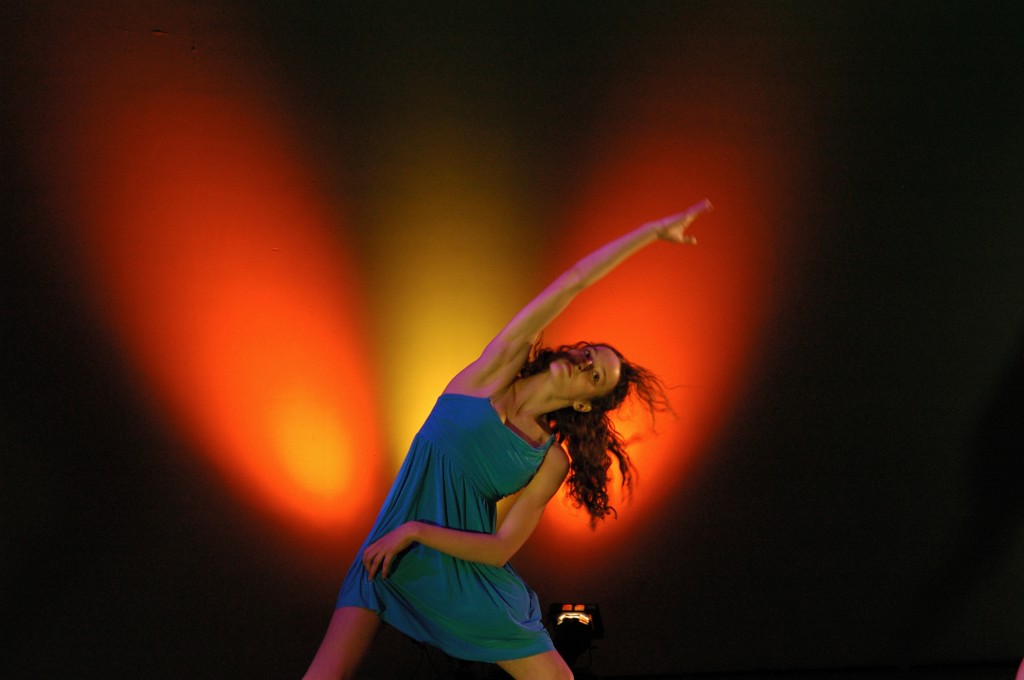This month’s guest contributor to the Dance Wellness column is Robin Kish, MS, MFA, who is on the dance faculty at Chapman University in Orange County, CA. She is a leader in the field of dance medicine, and is especially focused on competition dance.
Robin comes from that background herself, and most of the students she trains come from competition studios as well. Many of them graduate to teach in that same environment. Others have become professional dancers in shows such as “Wicked”, competed at the highest levels of “So You Think You Can Dance”, and joined such top notch companies as Momix.
Robin’s passion is to help competition dancers look for ways to be able to dance / compete / teach without feeling broken. We are so pleased she has joined us here on 4dancers.org, sharing information especially for this important segment of our dance community.
– Jan Dunn, Editor, Dance Wellness

by Robin Kish, MS, MFA
Olympians, professional athletes, and even collegiate athletic programs have something in common….they all provide a team of medical health professionals to promote wellness and maximize peak performance.
Where is there anything similar for competition dance?
Choreography, music, costumes, hair, make up, technique class and 100’s of hours of rehearsing make up the day to day life of young competition dancers. The bread and butter of private studios today are competition teams, with students ranging from ages 5-18.
Competition organizations have been around for a while, however; in the last decade the level and interest in competitions have reached an all-time high. In addition to the increased opportunities to compete, there is also a continuous stream of conventions and workshops available for dancers to take technique class and learn choreography from the latest and greatest artists. Reality TV shows such as “So You Think You Can Dance” and “America’s Best Dance Crew” have helped promote dance in the public arena. That said, the missing factor supporting a dancer’s longevity and maximal performance is wellness…i.e, what this column is all about!
Beyond the rhinestones and sequins, the most important instrument the dancer has is their body. The hours of hard work take a toll on the body and sensations of pain may increase; therefore, a decrease in performance may develop. Since the focus of training frequently is toward the final product and the tricks necessary to score big at each competition, dancers forget to listen to their bodies along the way. [Read more…]




